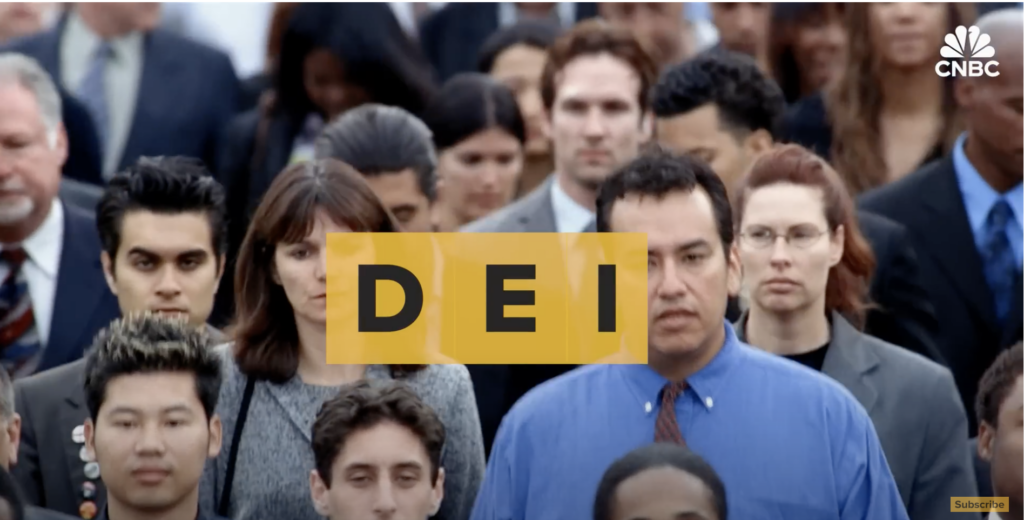OSHA Delays Compliance And Enforcement Dates For Reinstated Vax Or Test Mandate
On Saturday, the Occupational Safety and Health Administration (OSHA) pushed back the compliance and enforcement schedule for the Biden administration’s COVID-19 vaccine mandate for private companies. This comes a day after the decision by the 6th Circuit Court of Appeals to dissolve the stay on the mandate that was put in place by the 5th Circuit Court in November.
The agency released a statement saying that in order to provide time for employers to comply with the mandate, “OSHA will not issue citations for noncompliance with any requirements of the ETS before January 10 and will not issue citations for noncompliance with the standard’s testing requirements before February 9, so long as an employer is exercising reasonable, good faith efforts to come into compliance with the standard.”
OSHA also noted in the release that it was “gratified” by the 6th Circuit decision.
On Friday, the 6th Circuit Court of Appeals issued an order, written by Judge Jane B. Stranch, dissolving the 5th Circuit’s stay on the Biden administration’s vaccine mandate (ETS) on private employers. It was accompanied by a dissent by Judge Joan Larsen.
The mandate, promulgated by the Occupational Safety and Health Administration (OSHA), requires that all companies with 100 or more workers mandate COVID-19 vaccination or weekly testing and masking for employees.
The order criticizes the 5th Circuit’s reasoning, saying:
In reaching its decision to stay the ETS, the Fifth Circuit generally forecasted that the ETS faced fatal statutory and constitutional issues, then concluded that the Petitioners had demonstrated a strong likelihood of success on the merits. … the Fifth Circuit found that individuals, states, and employers would be “substantially burdened” due to the compliance costs, loss of constitutional freedom, and intrusion into States’ “constitutionally reserved police power.” … Without addressing any of OSHA’s factual explanations or its supporting scientific evidence concerning harm, the Fifth Circuit summarily concluded that “a stay will do OSHA no harm whatsoever” and “a stay is firmly in the public interest.”
After a lengthy discussion of OSHA’s claimed statutory authority to implement such a mandate, Stranch writes of the “Major Questions Doctrine,” which was brought up by the petitioners.
“The major questions doctrine is inapplicable here, however, because OSHA’s issuance of the ETS is not an enormous expansion of its regulatory authority,” Stranch writes. “OSHA has regulated workplace health and safety on a national scale since 1970, including controlling the spread of disease.”
“The ETS is not a novel expansion of OSHA’s power; it is an existing application of authority to a novel and dangerous worldwide pandemic,” Stranch continues.
The order also finds that OSHA’s ETS is “necessary” because the Delta variant has led to an increase in cases.
As for the 5th Circuit’s claim that the mandate is both “overinclusive” and “underinclusive,” the order states: “OSHA may lean ‘on the side of overprotection rather than underprotection’ when promulgating an ETS.”
The order adds that according to OSHA’s economic impact analysis, the argument that the implementation costs of the mandate on businesses will be too high is incongruent with reality.
…the costs of delaying implementation of the ETS are comparatively high. Fundamentally, the ETS is an important step in curtailing the transmission of a deadly virus that has killed over 800,000 people in the United States, brought our healthcare system to its knees, forced businesses to shut down for months on end, and cost hundreds of thousands of workers their jobs.
The dissenting opinion by Judge Joan Larsen takes umbrage with the ruling, arguing: “The purpose of the mandate is to protect unvaccinated people. … The rule’s premise is that vaccines work. … And so, OSHA has explained that the rule is not about protecting the vaccinated; they do not face ‘grave danger’ from working with those who are not vaccinated.”
Larsen opines that the petitioners are likely to succeed in an ultimate ruling against OSHA: “[Petitioners] say, for example, that the mandate violates the nondelegation doctrine, the Commerce Clause, and substantive due process; some say that it violates their constitutionally protected religious liberties and the Religious Freedom Restoration Act of 1993. To lift the stay entirely, we would have to conclude that not one of these challenges is likely to succeed. A tall task.”
“…OSHA believed there was a problem to be solved. But the statute requires OSHA to find that the solution it actually picked—the nationwide vaccinate-or-test mandate—was ‘necessary’ to solve the problem,” Larsen writes, adding that “OSHA never makes that case.”
The dissent likens the ETS to a pizzeria requiring that every employee wear oven mitts for safety — it might be effective, but is it necessary? It notes that OSHA could have easily rendered a more tailored mandate, one that “considered a standard aimed at the most vulnerable workers; or an exemption for the least.”
“…the agency’s claim of emergency rings hollow. It waited nearly two years since the beginning of the pandemic and nearly one year
" Conservative News Daily does not always share or support the views and opinions expressed here; they are just those of the writer."





Now loading...